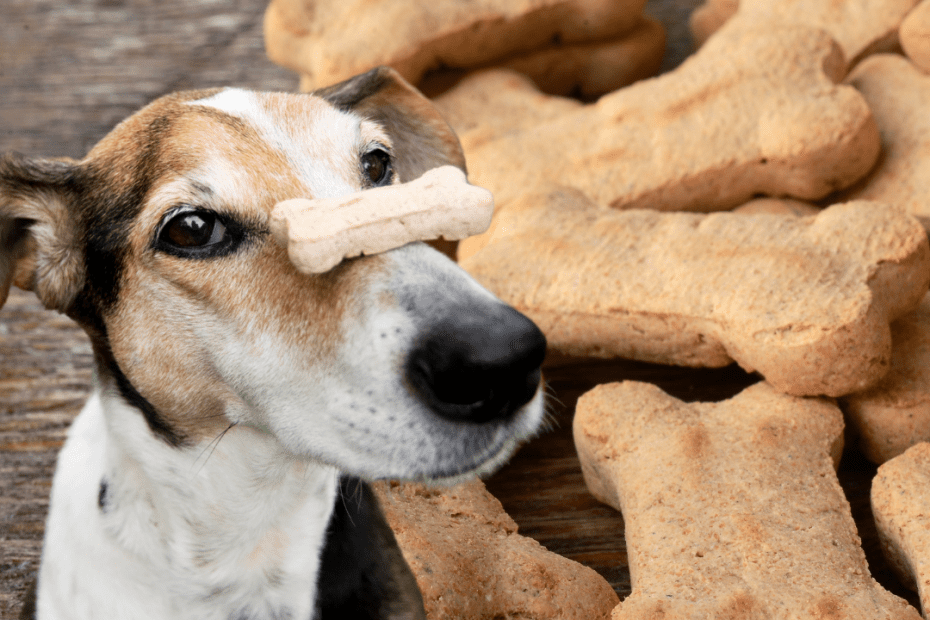Yes, treat-less dog training can work if you use alternative rewards like praise, toys, playtime, or life rewards (e.g., opening a door or allowing sniffing). While treats are effective for motivation, dogs can learn through positive reinforcement using other meaningful rewards.
What is Treat-Less Dog Training?
There are many ways to train a dog, but treat-less dog training is a method that focuses on getting a dog to listen without food rewards. Thousands of trainers successfully use this approach, and it works with any dog, regardless of breed or age.
Instead of treats, this method relies on:
- Praise and verbal encouragement 🗣️
- Physical affection like petting 🤗
- Playtime or favorite toys 🎾
- Clear commands and consistency 📢
Not only does this method save money that would otherwise be spent on treats, but it also helps the dog learn to obey without expecting food every time.
Is Treat-Less Dog Training Effective?
Yes! Training without treats can be just as effective, if not more, than traditional food-based training. While some dogs respond well to treats, others become too food-motivated and may refuse to listen without them.
Why Treat-Less Training Works:
- 🐕🦺 Encourages real obedience – Dogs follow commands because they understand, not just because of food.
- ❤️ Strengthens the human-dog bond – Your dog learns to respect and trust you, not just wait for a reward.
- 🌍 Works in any situation – Your dog will obey, even when there’s no treat in your hand.
- ⚖️ Prevents overfeeding – Too many treats can lead to weight gain and health issues.
Some trainers argue that treat-heavy training creates dependency, meaning a dog may only listen when food is present. Treat-less training removes this crutch, making obedience more natural and reliable.
Who is Treat-Less Dog Training For?
This method is great for any dog owner who has:
- 🍼 A brand-new puppy – Start training early without food reliance.
- 💢 A dog with behavioral problems – Address issues like aggression or excessive barking.
- 🏡 A re-homed or rescue dog – Build trust without bribery.
- 🙄 A stubborn dog – Teach obedience without food distractions.
- ❤️ Any dog – All breeds can benefit from this method!
Treat-less training helps establish a strong foundation for good behavior and obedience. It’s especially useful for dogs that struggle with impulse control or food obsession.
How Long Does Treat-Less Dog Training Take?
According to trainer Anthony Louis, many owners see positive results after just one session. However, long-term success depends on consistency, patience, and the relationship between the dog and the owner.
Some key factors that affect training time:
- Dog’s personality and past experiences – Some dogs adapt quickly, while others need more time.
- Trainer’s consistency – Clear commands and reinforcement speed up progress.
- Daily practice – Regular training sessions lead to faster results.
Most owners notice significant improvement within four weeks or less when following a structured training plan.
Why Remove Treats from Dog Training?
Anthony Louis, a trainer specializing in treat-less methods, believes that using food rewards can actually interfere with good training. When dogs rely too much on treats, they may ignore commands when food isn’t present.
Common Behavior Problems in Treat-Trained Dogs:
- Pulls on the leash 🦮
- Bolts away and runs 🏃♂️
- Begs at the table 🍽️
- Barks incessantly at everyone and everything 🔊
- Growls and shows aggression toward other dogs 😡
By removing treats from training, dogs learn to follow commands in any situation, without expecting food as a reward.
Final Thoughts
If you’ve tried other training methods and still aren’t getting results, treat-less dog training might be the solution. By focusing on clear communication, praise, and consistency, you can build a strong bond with your dog and ensure they listen—no treats required!
The key is consistency, timing, and understanding what motivates your dog. Some dogs respond better to verbal praise or physical affection, while others thrive on interactive play. However, for complex behaviors or new commands, food rewards may speed up the learning process before transitioning to non-food reinforcements.
